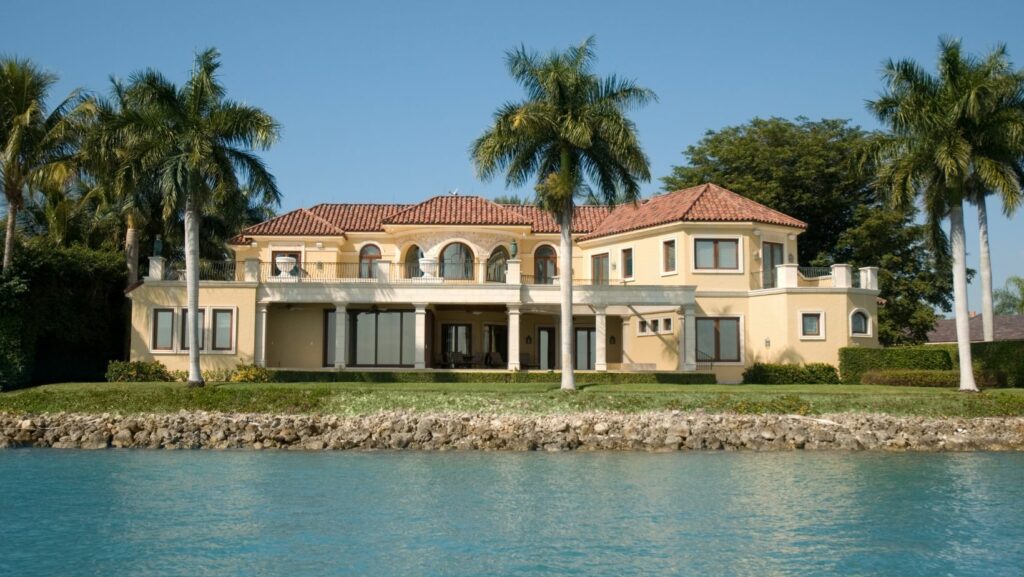Multi-generational living has become increasingly prevalent in contemporary societies, driven by economic, cultural, and social factors. Families are embracing the concept of shared living spaces where multiple generations coexist under one roof. Designing homes that cater to the diverse needs of different age groups presents a unique challenge for architects and interior designers alike. We will explore the principles and considerations essential for creating harmonious multi-generational homes that foster togetherness and privacy.
Creating Functional Spaces
Designing multi-generational homes is the cornerstone of creating functional spaces that accommodate varying needs and preferences. Each generation, from grandparents to grandchildren, requires spaces to engage in activities independently or together. For instance, incorporating flexible living areas that can be easily adapted for communal gatherings or converted into private retreats ensures the home remains versatile. This adaptability enhances convenience and promotes a sense of autonomy among family members.
Promoting Accessibility and Safety
Accessibility is paramount in multi-generational homes to ensure that all residents can navigate the space comfortably and safely, regardless of age or mobility. Integrating features such as ramps, wide doorways, and bathroom grab bars can significantly enhance accessibility for elderly family members. Similarly, incorporating non-slip flooring and adequate lighting throughout the home minimizes hazards and promotes a secure environment for everyone. By prioritizing these design elements, homes can seamlessly blend functionality with safety, catering to the diverse needs of each family member.
Embracing Interconnected Yet Separate Living
A practical design strategy for multi-generational homes is to create interconnected yet separate living areas that balance social interaction with privacy. This approach allows each generation to maintain a sense of independence while fostering opportunities for meaningful interactions.

Designing separate wings or floors, each equipped with essential amenities such as kitchens and living spaces encourages autonomy without compromising connectivity. Additionally, communal spaces like gardens or multipurpose rooms serve as focal points where family members can come together, bridging generational gaps and nurturing familial bonds.
Incorporating Age-Inclusive Design Principles
Designing with age-inclusive principles involves anticipating the evolving needs of family members across different life stages. From adjustable countertops and lever-handled faucets for seniors to child-proofing measures and play areas for young children, integrating these features ensures the home remains accommodating as family dynamics evolve. Moreover, incorporating technology such as smart home systems that cater to diverse abilities enhances comfort and convenience for all residents. By embracing age-inclusive design, multi-generational homes can adapt seamlessly to the changing needs of their occupants, promoting longevity and satisfaction.
Facilitating Intergenerational Learning and Support
Beyond physical design considerations, multi-generational homes offer rich intergenerational learning and support opportunities. Spaces can be designed to encourage mentorship and knowledge-sharing between older and younger family members. For instance, creating designated study areas where grandparents can impart wisdom or participate in educational activities with grandchildren fosters a sense of continuity and mutual benefit. Incorporating shared hobbies or recreational spaces promotes bonding and emotional support across generations. By nurturing these interactions, multi-generational homes become hubs of learning, where experiences and skills are passed down, enriching the familial tapestry.
Sustainable and Flexible Design Solutions
Incorporating sustainable design practices reduces environmental impact and enhances the long-term viability of multi-generational homes.

Features such as energy-efficient appliances, passive solar design, and natural ventilation lower utility costs and contribute to a healthier indoor environment for all occupants. Moreover, flexible design allows spaces to adapt as family needs change over time. Convertible rooms serving multiple functions, from guest quarters to home offices or hobby rooms, ensure that the home remains functional and relevant throughout different life stages.
Cultural Sensitivity and Personalization
Recognizing and respecting cultural differences within multi-generational households is essential for creating inclusive living environments. Design elements that reflect cultural heritage, such as traditional architectural motifs or furnishings, can enhance family members’ sense of identity and belonging. Moreover, allowing for personalization of private spaces enables each individual to express their unique tastes and preferences within the shared home environment. By integrating cultural sensitivity and personalization into the design process, award winning custom homes architects and designers can ensure that multi-generational homes meet functional needs and celebrate diversity and cultural richness within the family unit.
Designing multi-generational homes that meet diverse family needs requires a thoughtful balance of functionality, accessibility, inclusivity, and sustainability. By creating spaces that foster interconnectedness while respecting privacy, architects and designers can cultivate environments where every family member feels valued and comfortable. From promoting intergenerational learning and support to incorporating sustainable and culturally sensitive design solutions, each aspect contributes to a harmonious living experience across generations. Ultimately, the success of multi-generational home design lies in its ability to accommodate the unique requirements of each family member while nurturing a sense of unity and belonging in a culturally diverse context.


More Stories
Is Vinyl Flooring a Safe Option for Homes with Pets or Kids? Expert Insights
Touch ‘N Go Casino Payments
The Psychology of Esports Fans: What drives loyalty and engagement?